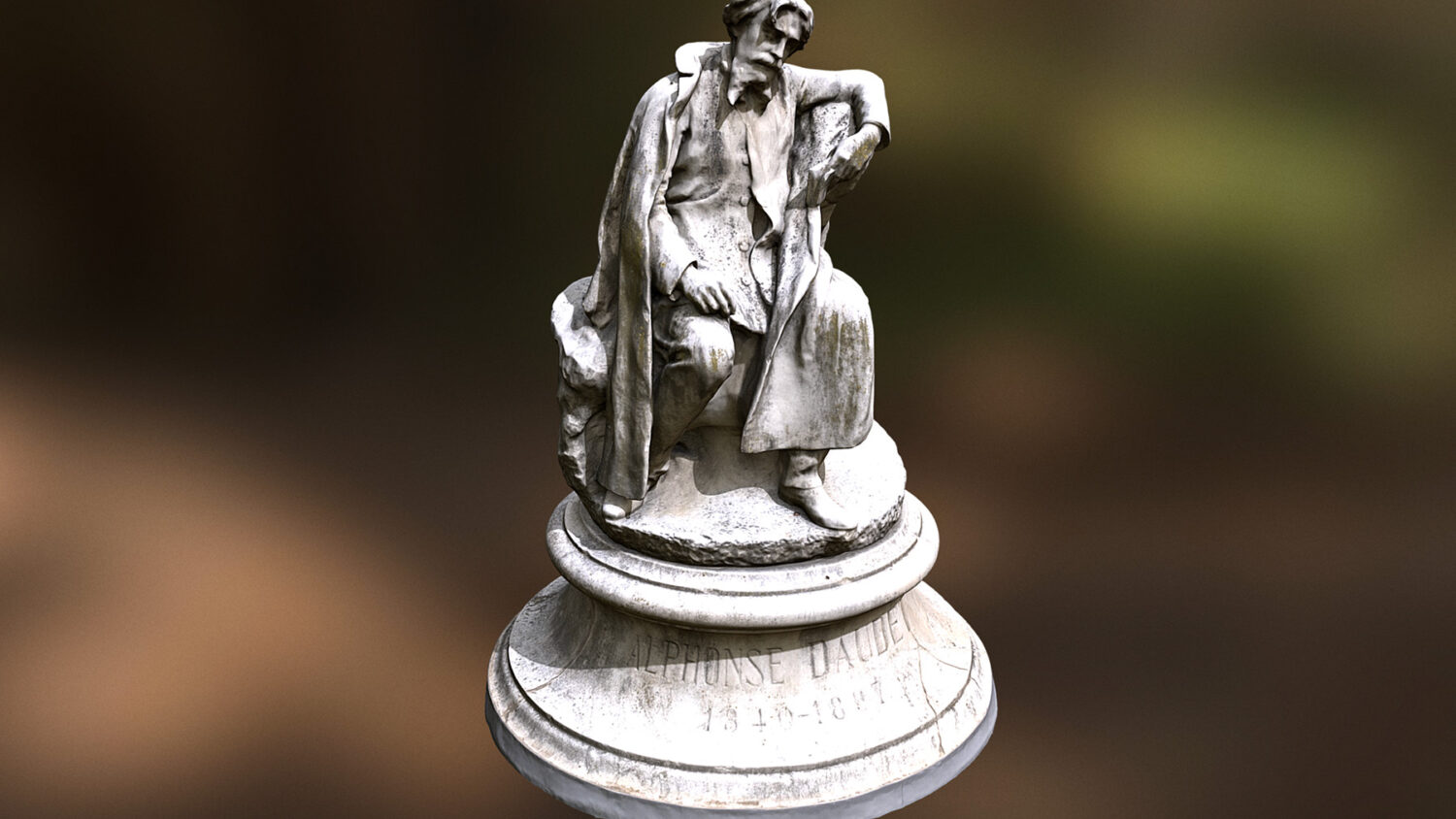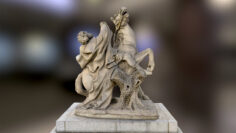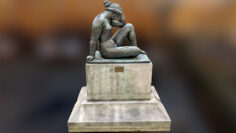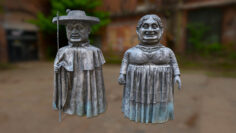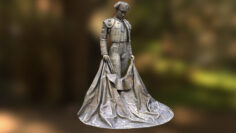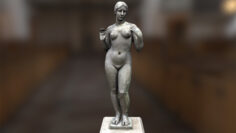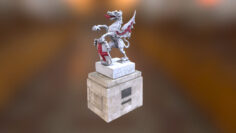Statue of Alphonse Daudet
This beautiful marble sculpture of Aphonse Daudet, a French novelist, depicts him seated on a rock thinking amid a shrubby landscape consisting of vines and conifers. It is located in Jardins Champs Elysées in Nimes, France. The statue is entitled “Tribute to Alphonse Daudet” and is the work of the French sculptor René de Saint-Marceaux, a contemporary of Auguste Rodin.
In the statue his left arm is resting on the back of a chair holding a notebook, and his right hand holds a pencil. He is dressed in fine boots, trousers and a long jacket with buttons, and he has a large coat on his shoulders. The statue sits on a lens shaped stone pedestal, made by the sculptor François Séguier, and has the inscription “Alphonse Daudet 1840-1897” engraved on it.
“DECEMBER 16, 1897 – DECEMBER 16, 1997 / FOR THE 100th ANNIVERSARY OF HIS DEATH / THE CITY OF NÎMES HONORS THE MEMORY / OF THE AUTHOR FROM THE LITTLE THING / TO THE MEMORY OF ALPHONSE DAUDET”.
Near to the statue is a stone with this inscription:
Alphonse Daudet was a famous French novelist. Among his literary works are “Le Petit Chose”, “L’Arlésienne”, “Lettres de mon moulin” and the most popular “La Chèvre de monsieur Seguin”. He began his career as a schoolteacher however the position proved to be intolerable and he said it gave him nightmares for months. He abandoned teaching and took refuge with his brother Ernest Daudet, only some three years his senior, who was trying, “and thereto soberly,” to make a living as a journalist in Paris.
Alphonse took to writing, and his poems were collected into a small volume, Les Amoureuses. He obtained employment on Le Figaro, and under Cartier de Villemessant’s energetic editorship he wrote three plays, and began to be recognized in literary communities as possessing distinction and promise. Morny, Napoleon III’s all-powerful minister, appointed him to be one of his secretaries — a post which he held till Morny’s death.
Daudet was one of a generation of French literary syphilitics. Having lost his virginity at the age of twelve, he slept with his friends’ mistresses during his marriage. He had to undergo several painful treatments and operations for his subsequently paralyzing disease. His journal entries relating to the pain he experienced are collected in the volume In the Land of Pain.
Daudet died at age 57 in Paris and was laid to rest at that city’s Père Lachaise Cemetery. On April 8, 1900, the inauguration of the statue of Alphonse Daudet took place in the Square de la Couronne in Nîmes in the presence of a large number of civil and military officials, along with the wife of the writer, Madame Alphonse Daudet and her two sons.



